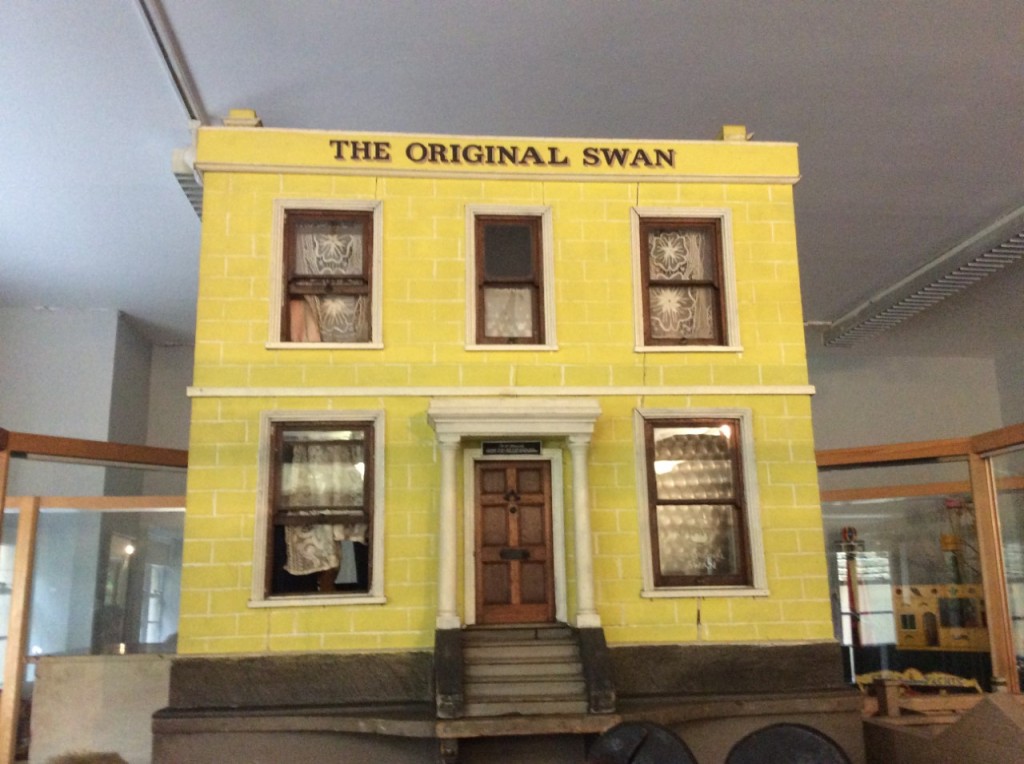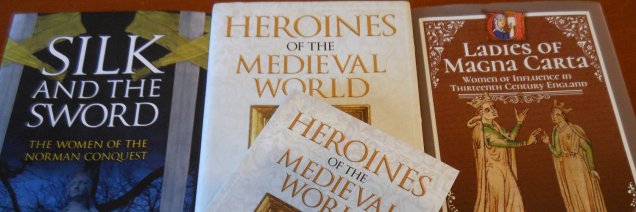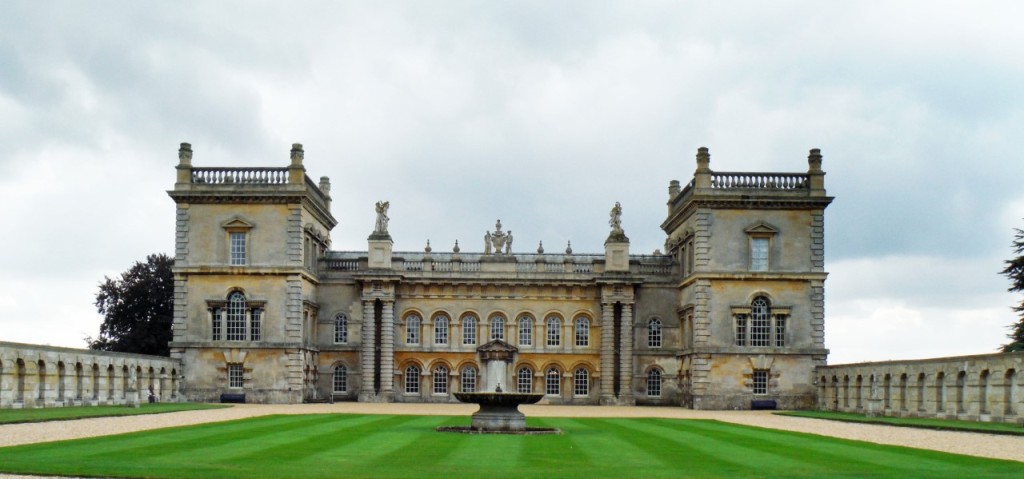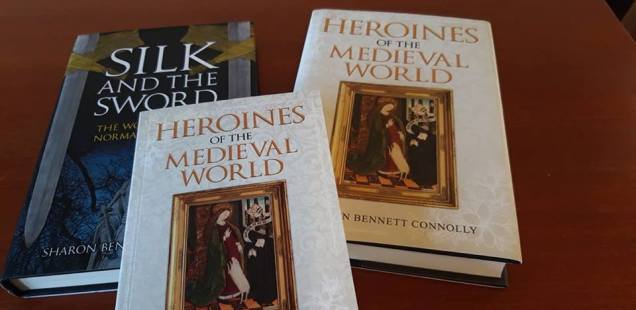Today it is a pleasure to welcome author/ historian Sarah Bryson to History…the Interesting Bits as the last stop on Sarah’s blog tour for her latest book The Brandon Men: In the Shadow of Kings. Look out for my review coming soon.
Suffolk Place
Suffolk Place was once the magnificent manor home belonging to Charles Brandon, Duke of Suffolk. It is a common misconception that Brandon built Suffolk Place, when in fact it has a long and rich history dating back to the 1460’s.
Suffolk Place, otherwise known as Brandon House was built during the 1460’s by Charles Brandon’s grandfather, Sir William Brandon. William Brandon was closely associated with England’s Kings and was knighted in 1471 after the Battle of Tewkesbury by King Edward IV.
In 1457 William Brandon was Marshall of the Marshalsea Prison in Southwark. The prison was run for profit and prisoners would have to pay the Marshall for certain rights, such as access to better conditions, soap, water, food etc.
The Prison was located along Borough High Street, the main thoroughfare from Southwark to London. To enter London from Southwark people had to cross the famous London Bridge. From as early as 14 November 1462 William Brandon was being referred to as Brandon ‘of Suthwerk.’
William Brandon built Suffolk Place, known then as Brandon House, during this period opposite the prison that he controlled. Suffolk Place would become the Brandon family’s main dwelling, providing the family not only access to the Prison but close access to London. In 1465 Sir Thomas Howard, the future Duke of Norfolk is recorded as having stayed at “Brandennes Place in Sothwerke”.
Dominico Mancini, Parisian Scholar, described Southwark as ‘a suburb remarkable for its streets and buildings, which, if it were surrounded by walls, might be called a second city.’ In fact, Southwark was so large that it had a population of approximately 8000 people, many of those considered to be foreigners, including Flemish.
When Sir William Brandon died in 1491 not only was the Marshall of the Marshalsea Prison granted to his third son, Thomas Brandon, but he also left his property of Suffolk Place. Thomas’ older brother William, father of Charles Brandon, Duke of Suffolk had died at the famous Battle of Bosworth fighting for King Henry VII. In 1502 Thomas Brandon added to Suffolk place by leasing 48 acres of meadow surrounding the property. He turned this meadow into a park which also included a fishpond stocked with fish to eat.
Thomas Brandon held his own illustrious career at court, becoming Henry VII’s Master of the Horse and knighted on the 17th June 1497 at battle of Blackheath. Over his career Thomas Brandon amassed quite a fortune comprising of land, plate and coin totaling almost £1000.
When Thomas Brandon died on January 27th 1510, he left Suffolk Place to Lady Guildford, wife of the late Sir Richard Guilford whom had helped Thomas Brandon during his final illness. To keep Suffolk Place Charles Brandon, Thomas’ nephew, had to rent the property from Lady Guildford for £42 6s 8d a year.
Suffolk Place was built from traditional Tudor red brick, containing four towers with domed turrets at each corner and an additional tower positioned at the center of one side. The palace was decorated with fashionable terracotta. In addition, there were decorations of cupid, an urn flanked by two griffins, a mythological creature and Charles Brandon’s famous crowned lion’s head badge. The chapel within Suffolk Place contained six guilt statues of saints. Brandon stocked Suffolk Place with plate worth £1 475. Suffolk Place would have stood out as one travelled along Borough High Street as they made their way toward London Bridge clearly showing Brandon’s status to all that passed.
After Charles Brandon, Duke of Suffolk’s first son was born, the baby, named Henry after the King, was Christened at Suffolk Place. The christening ceremony took place in the hall at Suffolk Place and was conducted with great splendor and ceremony. The hall was lavishly decorated with wall hangings of red and white Tudor roses, torches were lit and the christening font was warmed for the special occasion. The Christening as performed by John Fisher, Bishop of Rochester and he was assisted by Thomas Ruthall of Durham. The King attended ceremony as did Cardinal Thomas Wolsey, the Duke of Norfolk and other important members of the court. The King and Cardinal Wolsey stood as the godfathers while Catherine, the Dowager Countess of Devon, a daughter of the late King Edward IV stood as the godmother.
In June 1522 when Charles V visited England Charles Brandon, Duke of Suffolk he had the honour of hosting Henry VIII and the Emperor at Suffolk place where the men dined and hunted in the great park that Brandon’s Uncle had purchased. Charles was a great lover of hunting and kept the park stocked with deer.
Suffolk Place would not stay in the hands of Charles Brandon. On 19 July 1535 Brandon was to be given £2333.6.8 by the King in return for handing over ‘the manors and lordships of Ewelme, Donington, Hokenorton, Carsington, Throppe, Newnham, Courtney, Newnham Moreyn, Tournes, Cudlington, Lekenor, Hantesford Auston, Thorold, Langley, West Bradley, West Compton and Bukland in counties of Oxford and Berk., the manor house of Southwark called Suffolk place and two adjoining walled gardens the constableship of Wallingford Castle.’ To lose Suffolk Place was a huge blow for Brandon as it had been his family’s primary residence in London since his grandfather built the place in the early 1460’s. However, Brandon was in debt and needed money to continue his position at court. Henry VIII did grant Brandon the Bishop of Norwich’s house near Charring Cross to Brandon which still provided the Duke with close access to Westminster and the King.
In June the following year Suffolk Place was granted to Henry VIII’s third wife, Jane Seymour. After her death in 1537 the property reverted back to the crown. The property was occasionally used as a royal residence or to host royal visitors. The royal accounts record that
In 1545 part of Suffolk Place was turned into the Royal Mint and Edward VI, Henry VIII’s son, ordered that new sovereigns, royal, angel and half angel coins be made. However, the mint was closed in 1551 due to fraud.
After Edward VI’s death his half-sister Mary and her husband, Philip stayed at Suffolk Place in August 1555. In February 1556 Queen Mary granted Suffolk Place to the Archbishop of York. However, he was only granted 14 acres of the property as during the reign of Edward VI part of Suffolk Place had been leased out to small tenements.
The Archbishop did not keep the property for long and over the next year sought to dismantle and dispose of the once great Suffolk Place. The manor was completely destroyed by June 1562 and the remaining property sold to Anthony Cage. Soon the land was filled with small cottages.
Today nothing remains of Suffolk Place. In its place stands a large office building aptly named Brandon House.
Sources:
Calendar of the patent rolls preserved in the Public Record Office, 1446-1452 Henry VI v.5. Great Britain; ‘Close Rolls, Edward IV: 1471-1472’, in Calendar of Close Rolls, Edward IV: Volume 1, 1468-1476, ed. W H B Bird and K H Ledward (London, 1953), British History Online http://www.british-history.ac.uk/cal-close-rolls/edw4/vol2/pp222-234 [accessed 19 December 2018]; Gunn, Steven 2015, Charles Brandon, Amberley Publishing, Gloucestershire, UK; Gunn, Steven 2016, Henry VII’s New Men and The Making of Tudor England, Oxford University Press, Oxford; Letters and Papers, Foreign and Domestic, of the Reign of Henry VIII, 1509-47, ed. J.S Brewer, James Gairdner and R.H Brodie, His Majesty’s Stationery Office, 1862-1932; Porter, Stephen 2016, Everyday Life in Tudor London, Amberley Publishing, Gloucestershire; Sadlack, Erin 2001, The French Queen’s Letters, Palgrave Macmillan, New York; ‘Suffolk Place and the Mint’, in Survey of London: Volume 25, St George’s Fields (The Parishes of St. George the Martyr Southwark and St. Mary Newington), ed. Ida Darlington (London, 1955), pp. 22-25, viewed 2 June 2015, <http://www.british-history.ac.uk/survey-london/vol25/pp22-25>.
About the Author:
Sarah Bryson is a researcher, writer and educator who has a Bachelor of Early Childhood Education with Honours. She currently works with children with disabilities. She is passionate about Tudor history and has a deep interest in the Brandon family who lived in England during the 14th and 15th centuries. She has previously written a book on the life of Mary Tudor, sister of Henry VIII and wife of Charles Brandon, Duke of Suffolk. She runs a website and facebook page dedicated to Tudor history. Sarah lives in Australia, enjoys reading, writing and Tudor costume enactment.
Links:
Website: Facebook page: Amazon
*
My Books:
Defenders of the Norman Crown: The Rise and Fall of the Warenne Earls of Surrey tells the fascinating story of the Warenne dynasty, of the successes and failures of one of the most powerful families in England, from its origins in Normandy, through the Conquest, Magna Carta, the wars and marriages that led to its ultimate demise in the reign of Edward III.
1 family. 8 earls. 300 years of English history!
Defenders of the Norman Crown: Rise and Fall of the Warenne Earls of Surrey will be released in the UK on 31 May and in the US on 6 August. And it is now available for pre-order from Pen & Sword Books, Amazon in the UK and US and Book Depository.
Also by Sharon Bennett Connolly:
Ladies of Magna Carta: Women of Influence in Thirteenth Century England looks into the relationships of the various noble families of the 13th century, and how they were affected by the Barons’ Wars, Magna Carta and its aftermath; the bonds that were formed and those that were broken. It is now available from Pen & Sword, Amazon and from Book Depository worldwide.
Heroines of the Medieval World tells the stories of some of the most remarkable women from Medieval history, from Eleanor of Aquitaine to Julian of Norwich. Available now from Amberley Publishing and Amazon and Book Depository.
Silk and the Sword: The Women of the Norman Conquest traces the fortunes of the women who had a significant role to play in the momentous events of 1066. Available now from Amazon, Amberley Publishing, Book Depository.
You can be the first to read new articles by clicking the ‘Follow’ button, liking our Facebook page or joining me on Twitter and Instagram.
©2021 Sharon Bennett Connolly and Sarah Bryson







































































